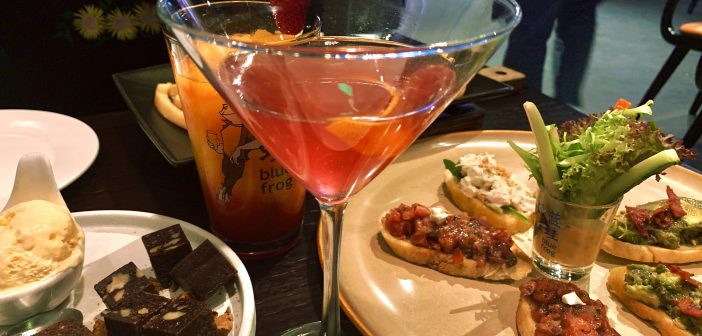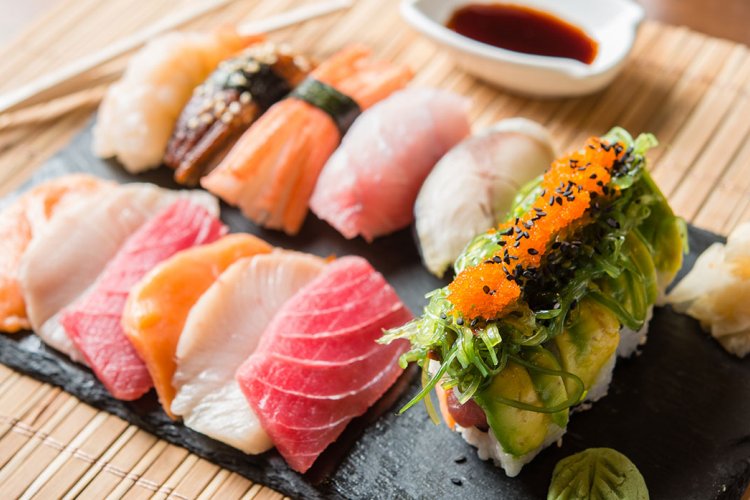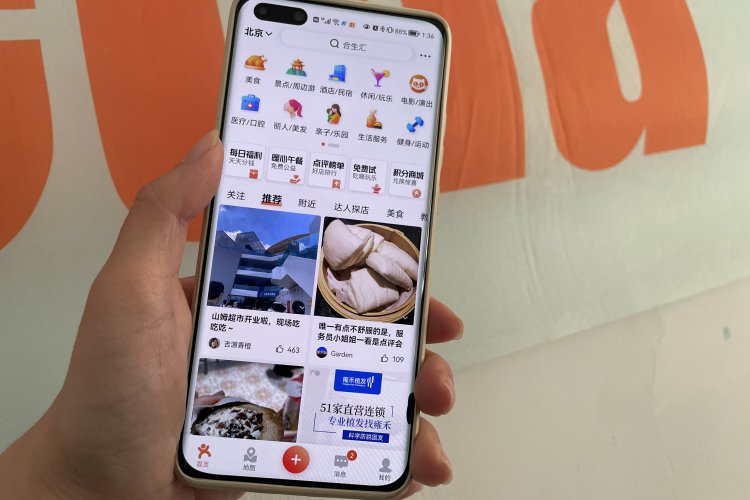Don’t Get Catfished! Here’s How to Filter Out Fake Restaurant Reviews
My guilty pleasure is an odd one: scrolling through the leading Chinese food review app 大众点评 Dàzhòng diǎnpíng – otherwise known as Dianping – and finding dining venues, only to end up admiring their luxury interior designs and gasping at all the seemingly appetizing food while screaming, “I need to go there now!”
One time, I was drawn to a Korean BBQ restaurant through the app’s recommendation. The dazzling neon lights and marinated meat looked tender and juicy, accompanied by scarlet red seasoning, all of which was perfectly suited to my love for spice and beautiful spaces. So of course, my friend and I had to go. Unfortunately, however, when we arrived, the actual restaurant radiated bleak emptiness and poor infrastructure. What’s more, the pork belly, drenched in oil with black spots on the edges indicative of overcooking, was not in my best interest either and definitely didn’t align with the neatly cut, cheery-white pork belly I had seen in the pictures.
Alas, I had been catfished!
Catfish – a common internet term that describes the action of using fake online identities to deceive others – is precisely the word I would use to describe what the restaurant did.
That is precisely the word I would use to describe what the restaurant did to me and my friend.
Nowadays, intense market competition has led many restaurants to adopt fake reviews, filtered pictures, forced ratings, and bots commenting on food review apps to boost numbers.
As a self-proclaimed food expert around Beijing, I have a few tips to help you avoid getting catfished by snazzy internet photos and reviews while saving your wallet from undeserving food.
Tip #1: Look for Unfiltered Photos

If any restaurant was to promote their food through digital media, relentlessly applying filters to beautify their pictures is the go-to method of attracting customers. But don’t be deceived by these official photos posted by the restaurant itself. Be sure to also check out pictures posted by customers, and more specifically, the unfiltered ones. Do the food and overall atmosphere of the restaurant still seem enjoyable without the adornment of filters?
Tip #2: Who Wrote It?
There’s always a possibility that food reviews are flat-out paid for by the restaurant. If the positive reviews are predominately generic remarks that lack personal engagement or are written by users without profile pictures and random letter sequences for a username, then warning lights should be flashing. Checking multiple reviews will also help you get a more balanced, not to mention realistic, expectation of the restaurant in question.
There's more to this story! This article was originally published on our sister site, Jingkids International
Click here to continue reading
READ: Mandarin Monday: A Cheat Sheet for Ordering in Mandarin for Newbies
Images: Linda Huang







